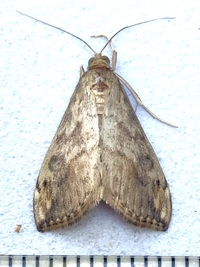
| Recorded by: Ken Kneidel on 2025-07-03
Mecklenburg Co.
Comment: A reared adult from a larva collected on 2025-06-20 (see companion photographs). | 
| Recorded by: Ken Kneidel on 2025-06-20
Mecklenburg Co.
Comment: |
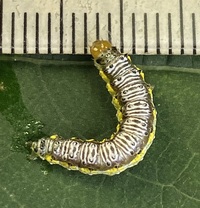
| Recorded by: Ken Kneidel on 2025-06-20
Mecklenburg Co.
Comment: Found on broccoli, adult reared on 7/3/25 after being kept outdoors during development. | 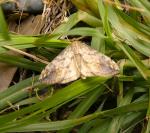
| Recorded by: F. Williams, S. Williams on 2025-05-27
Gates Co.
Comment: |
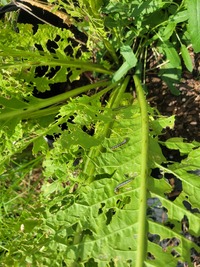
| Recorded by: Niren Joshi on 2024-08-17
Wake Co.
Comment: | 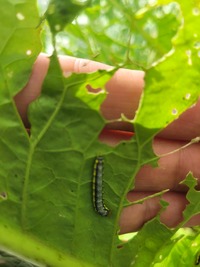
| Recorded by: Niren Joshi on 2024-08-17
Wake Co.
Comment: |
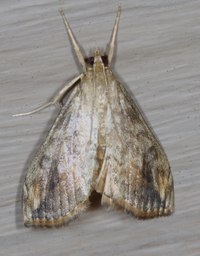
| Recorded by: Jim Petranka on 2023-09-26
Madison Co.
Comment: | 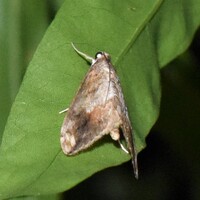
| Recorded by: David George, Jeff Niznik on 2023-04-29
Orange Co.
Comment: |
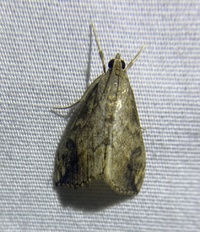
| Recorded by: David George, L. M. Carlson, Stephen Dunn on 2022-09-17
Orange Co.
Comment: | 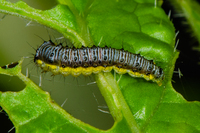
| Recorded by: David L. Heavner on 2022-07-24
Chatham Co.
Comment: |
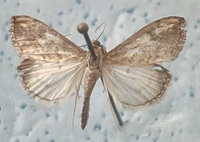
| Recorded by: Darryl Willis on 2021-09-18
Cabarrus Co.
Comment: | 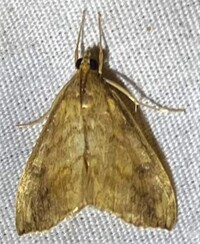
| Recorded by: Dean Furbish on 2021-07-19
Wake Co.
Comment: |

| Recorded by: tom ward on 2021-06-27
Buncombe Co.
Comment: | 
| Recorded by: Stephen Dunn on 2020-09-12
Orange Co.
Comment: larva on Brassica oleracea (kale) |

| Recorded by: Gary Maness on 2019-10-10
Guilford Co.
Comment: | 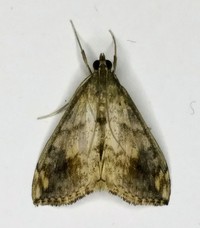
| Recorded by: Gary Maness on 2019-10-10
Guilford Co.
Comment: |
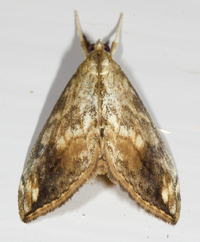
| Recorded by: Jim Petranka and Becky Elkin on 2019-08-07
Madison Co.
Comment: | 
| Recorded by: Jim Petranka and Becky Elkin on 2019-08-07
Madison Co.
Comment: |

| Recorded by: Gary Maness on 2019-07-26
Guilford Co.
Comment: | 
| Recorded by: Gary Maness on 2019-07-26
Guilford Co.
Comment: |

| Recorded by: Jim Petranka and Becky Elkin on 2019-07-26
Madison Co.
Comment: | 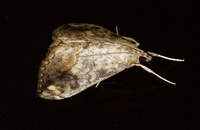
| Recorded by: Jim Petranka and Becky Elkin on 2019-07-26
Madison Co.
Comment: |

| Recorded by: Ken Kneidel on 2019-07-09
Mecklenburg Co.
Comment: | 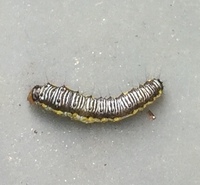
| Recorded by: Ken Kneidel on 2018-08-06
Yancey Co.
Comment: |
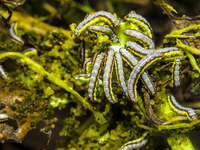
| Recorded by: Robert Gilson on 0000-00-00
Mecklenburg Co.
Comment: |

 »
»




 »
»


